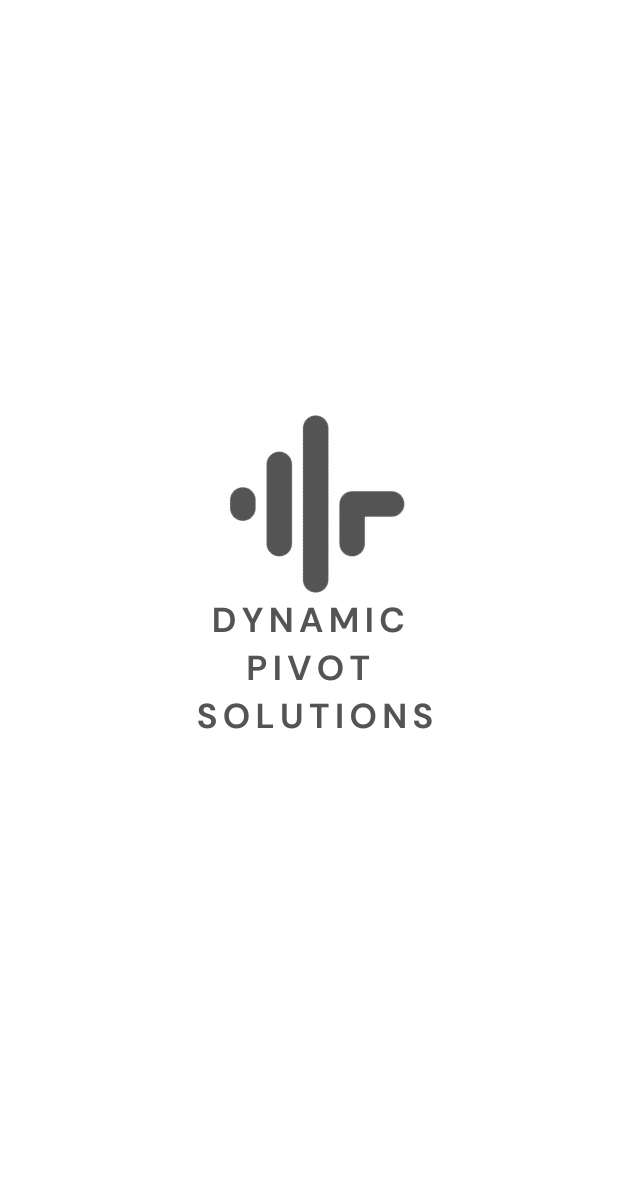The Art of Crafting a Compelling Blog Post: A Step-by-Step Guide for Success
In the realm of digital content, blogging stands as one of the most powerful tools for engaging an audience, building brand authority, and enhancing SEO. But what makes a blog post not just good, but great? Whether you're a seasoned blogger or just starting, understanding the nuances of blog writing can elevate your content and captivate your readers. Let's dive into a comprehensive guide to crafting a compelling blog post.

1. Choosing a Topic: Write What You Know
The first step in creating an engaging blog post is selecting a topic. It's essential to write about subjects that you are knowledgeable about and passionate about. This familiarity and enthusiasm will shine through in your writing, making it more relatable and engaging to your readers. If you encounter a topic that interests your audience but you're not well-versed in, consider inviting an expert to contribute. This not only broadens the scope of your content but also adds credibility and variety to your blog.
2. Understanding Your Audience
The key to successful blogging is knowing your audience inside out. What are their interests, challenges, and pain points? Tailor your content to address these aspects. Utilize resources like your company’s Facebook page to gauge topics that resonate with your audience. Monitor the comments and interactions to understand what they find engaging and informative. This audience-centric approach ensures your content is not just read but appreciated and shared.
3. Planning Your Post
Once you have a topic in mind, plan your post. Some bloggers prefer to start with a catchy title that sets the tone for the post, while others might begin with an outline or subtitles to organize their thoughts. Regardless of your approach, the goal is to have a clear structure that guides your writing process. This structure keeps your content focused and coherent, ensuring that each paragraph contributes to the overall narrative.
4. Incorporating Images
A picture is worth a thousand words, and this holds in blogging. Including high-quality images enhances the visual appeal of your post, breaks up long stretches of text, and aids in storytelling. Images can express concepts and emotions that might be challenging to convey through words alone. They also improve the overall user experience, making your post more enjoyable and engaging to read.
5. The Power of Editing
Editing is where good writing becomes great. Once your first draft is complete, step away from it for a day or two. Returning with fresh eyes allows you to see your work from a new perspective, catching errors, and identifying areas for improvement. Consider having a colleague or friend review your post as well. They can offer valuable feedback and catch mistakes you might have missed. A well-edited, error-free post reflects professionalism and attention to detail, enhancing your credibility as a writer and a brand.
6. SEO Optimization
In today's digital age, a well-written blog post is not enough. It needs to be optimized for search engines. Incorporate relevant keywords naturally, use meta descriptions, and employ SEO-friendly structures to ensure your post ranks higher on search engine results pages (SERPs). This optimization is crucial for driving organic traffic to your blog and increasing its visibility online.
7. Engaging Titles and Headlines
Your blog post's title is the first thing readers see and it determines whether they'll click to read more. Create a headline that is both intriguing and informative. It should give readers a clear idea of what to expect while piquing their interest. A compelling title can significantly increase the click-through rate of your blog post.
8. Interactive and Conversational Tone
One of the best ways to keep readers engaged is to write in a conversational and interactive tone. This approach makes your content relatable and easy to digest. Ask questions, share personal anecdotes, and write as if you're speaking directly to the reader. This conversational style fosters a connection between you and your audience, making your blog feel more like a dialogue than a monologue.
9. Linking to Other Content
Don’t forget to include links to relevant content, both internal and external. Linking to other blog posts or pages on your website can increase the time visitors spend on your site, while linking to external sources enhances the credibility of your content. Strategic linking also contributes to your site’s SEO efforts.
10. Call to Action
End your blog post with a clear call to action (CTA). Encourage readers to leave comments, share the post, sign up for a newsletter, or check out other related articles. A CTA is an effective way to increase reader engagement and foster interaction with your content.
11. Regular Posting
Consistency is key in blogging. Regularly updating your blog with new posts keeps your audience engaged and coming back for more. It also signals to search engines that your website is active, which can positively impact your SEO.
12. Analyzing Performance
Finally, use tools like Google Analytics to track the performance of your blog posts. Understanding what works and what doesn't allows you to refine your strategy and create content that resonates with your audience.
In conclusion, blogging is a multifaceted tool that, when used effectively, can significantly enhance your digital presence. It's about combining creativity with strategy, writing with purpose, and always keeping the reader at the forefront. By following these steps and continually refining your approach based on performance insights, you can turn your blog into a powerful platform for engaging with your audience, building your brand, and driving business growth.








